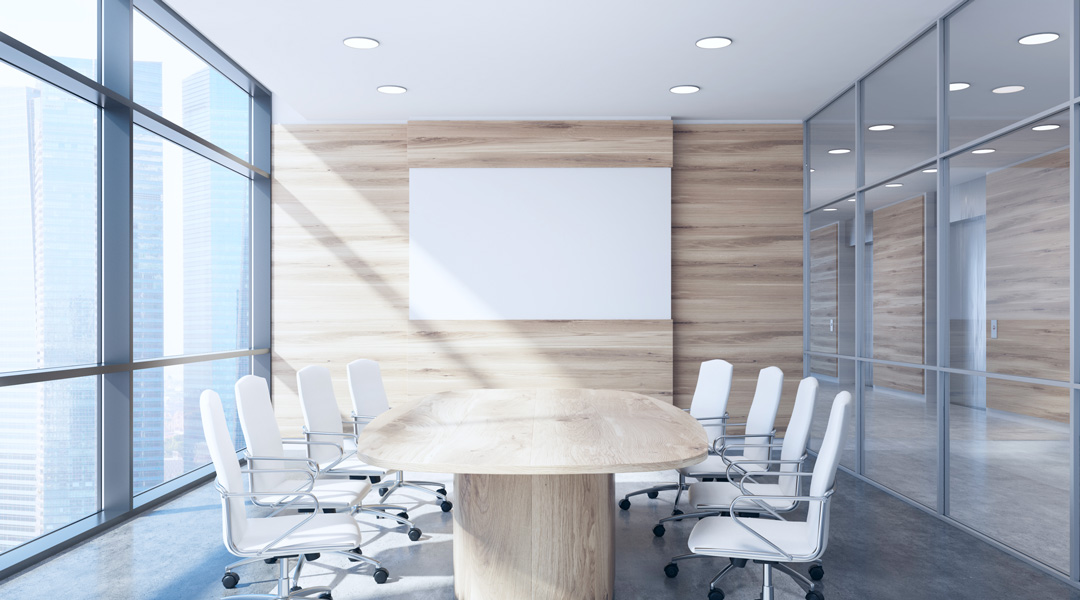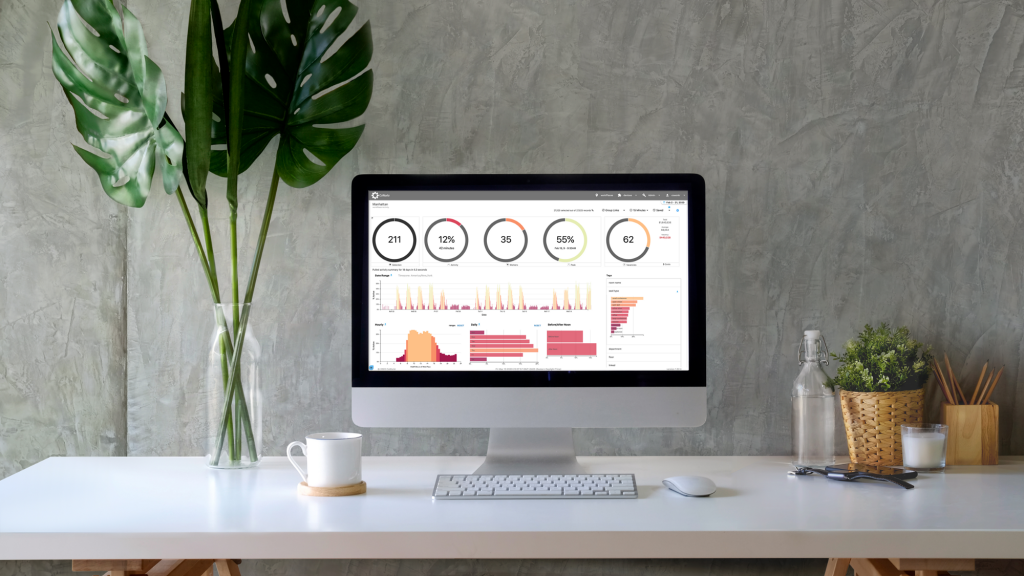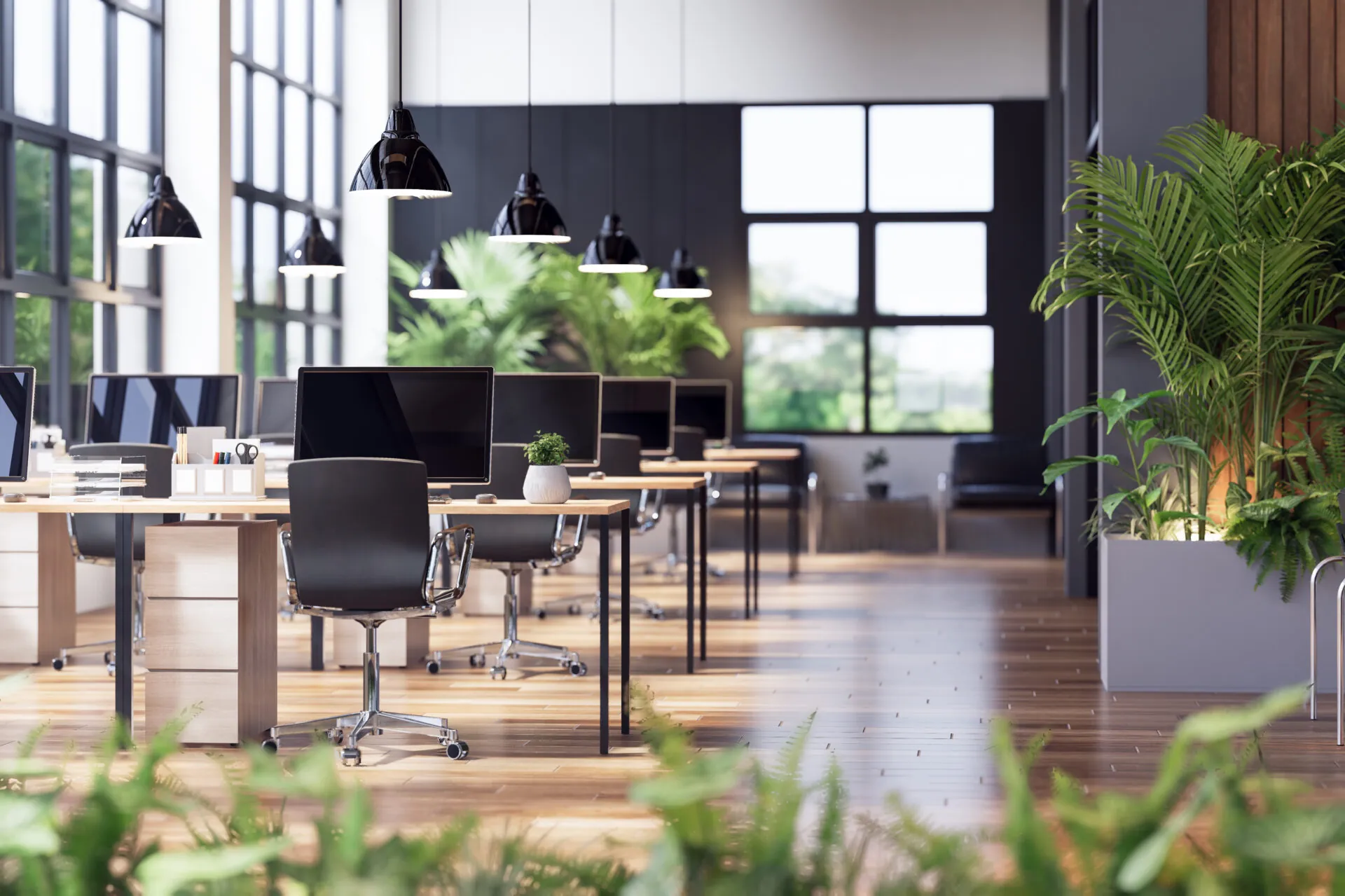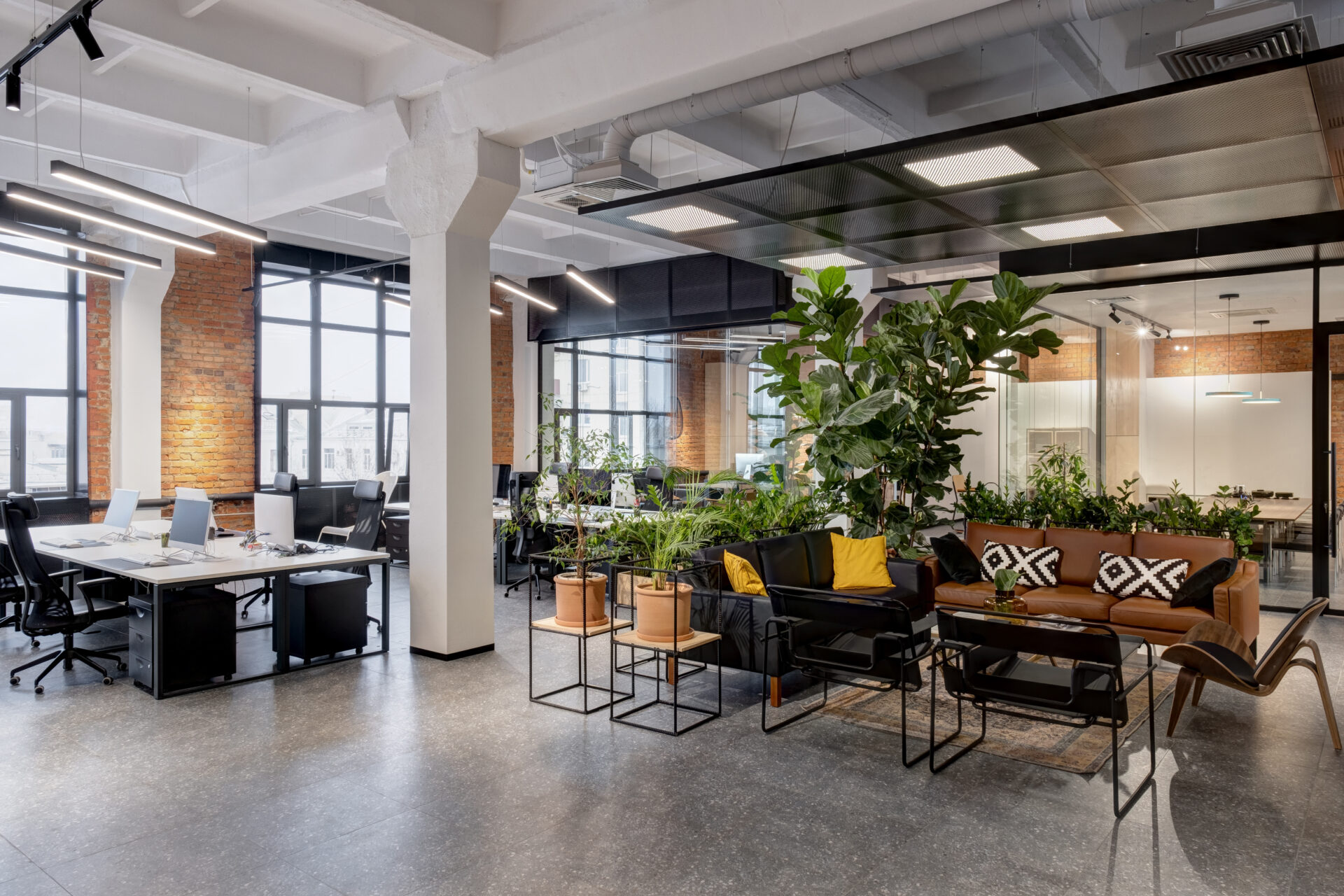
How to Decrease Costs in a Business with Low Workplace Utilization
In the shadow of COVID-19, business strategists are finding themselves suddenly stranded in dark and uncharted territory.
Struggling to reclaim and retain market stability under a nail-biting stock-market decline, businesses are seeing an en-mass clearing of desks as entire workforces are ordered into self-quarantine, to care for loved ones whilst trying to manage their work duties remotely.
Your once bustling and productive workplace may be looking more and more like an empty warehouse scene from The Walking Dead, but one thing is for sure: you’re not alone. Business owners the world over are realizing that drastic operational and workspace changes will have to be made, in order to stay afloat in these changing and unprecedented times.
How can you transform this new abundance of unused office space to reduce operating costs for your business and, faced with the possibility that flexible working strategies may need to be permanently implemented, how will you turn vacant office space into something vibrant, for the staff who’s still in the office? We’re here to answer these questions.
How unused office spaces lead to financial loss
Vacancy is one of those key metrics that we’ve been relaying to our clients for years. In fact, teaching clients how to decrease cost in a business while optimizing productivity and utilization is one of our fortes.
For at least a decade before COVID-19 was a thing, the all-incorporating nature of IT mediums and telecommuting tools has been driving up vacancy costs in workplaces.
Work styles have been shifting toward collaborative and mobile for years and, while staff are being even more productive than before, they’re away from their desks, collaborating over virtual folders on the Java Bar’s poofs where it’s comfortable. More and more, employees have been abandoning desks in favor of iPhone calls from the phone booth.
While these changes are inherently positive, they can result in increased operating costs and bottom-line drains for companies that have not transitioned away from the assigned desk.
That’s because the average, modern workstation costs $10k annually to maintain, which is $5k in the bin when that worker spends half his day at a collaboration table and on the working lounge sofa. With 100 half-day vacancies in the building, that’s $500k against the assets, all on slick-looking dead-space.
Modify the workplace with R-Zero occupancy tracking
Even with the COVID-19 pandemic aside, your shift to a flexible and productive workplace that’s more accommodating of the work-anywhere-anytime ethos of today, may actually have been a long time coming.
Learning how to reduce operating costs in business spaces that are bound to see more vacancies as work styles change (and, now, as health risks dictate) is your next task in line but, with R-Zero, the process won’t be as tricky as you think.
With the help of space occupancy sensors like those R-Zero offers, you can track the current utilization of space and the number of seat vacancies in real-time and ensure the occupational health and safety of your workers. Armed with our workplace analytics, density ratios can be adjusted accordingly and you can immediately start to apply cost-cutting measures in office space that’s seeing regular vacancies
With ongoing R-Zero tracking, design efficiency transformations can take place as the need arises, assuring consistent savings on vacancy and underutilization, without inconveniencing workers in the process. As WFH time continues, workers will need the office for different tasks. Many will come to work to see their peers, not just to hole up at their desk every day. Safe distancing is extremely important, but the fact of the matter is, staff will need to safely converse and collaborate.

Data is the driver of change when it comes to strategic CRE decisions
Bright utilization ideas for your vacant office space
Armed with accurate occupancy data collected with R-Zero sensors, you can implement trusted activity-based-workplace techniques like hot-desking, where workers are only assigned desks when needed, instead of on a permanent basis.
With hot desks, vacant workstations can be removed and areas repurposed as collaboration areas, private booths, or quiet focus areas like libraries. You can even introduce experience rooms with games and recreational devices that build camaraderie in the workplace, lifting spirits between tasks or during impromptu meetings.
Over the past few years, we’ve seen more and more demand for lounge settings in workplaces as, contrary to popular belief, employees actually get more done when they’re comfortable.
Whether you opt for solo comfy chairs or collaboration couches and coffee tables, comfortable seating that allows workers to put their feet up while getting things done on a laptop or tablet, is certainly a habit that your staff is forming now!
What’s more, by incorporating fun furniture and a variety of features to choose from like pods, huddle rooms, and bagel-bars, you offer workers both stimulation and a sense of freedom, driving home the impression you are taking care of them.
Cost-saving initiatives for large companies
No matter how large your company is, R-Zero will allow you to reduce operating costs for your business while rekindling productive workplace dynamics in now vacant spaces. In a recent study we conducted, R-Zero deployed 4k+ sensors throughout the offices of a well-known tech giant.
Based on the data received over a 2-year period, the client made simple changes to furniture types and seating arrangements. These easy changes had a marked positive impact on spacial engagement and utilization as a whole, as well as on costing.
By the end of the study, our client was able to eliminate underutilized assets altogether and, by introducing furniture that people enjoyed using, they increased their density by an impressive 20%.
The tech giant managed to reduce operating costs for their business while enhancing office dynamics, collaboration and productivity with streamlined efficiency and comfort. They did all this iteratively over time, without inconveniencing or relocating their workers during the process.
So, whether your cost-cutting measures in the office involve downsizing of certain spaces to save on rental of unused office space or the introduction of engagement driving activity areas, our easy-to-install occupancy sensors for offices will allow you to adjust your layout based accurately on demand, even as needs change.

Flexible, agile, activity-based workspaces are the future
Google, Unilever, Credit Suisse. Microsoft, Lego, Square, Citigroup, and more; for years before COVID-19 came into play, the world’s leading companies were trying to boost workers’ satisfaction, creativity, and productivity with agile workspaces and activity-based workplace models.
By providing workers with color, variety, movement, comfort, and space stimulation, the world’s most successful companies have gained a reputation not only as leaders in business but also as great places to work!
Fluid workspaces, while reducing vacancy costs and attracting the best of up-and-coming talent, also allow entry-level workers and workers at higher levels (and/or in other departments) the opportunity to cross paths and interact more often.
Pay a visit to the offices of any of these companies and you’ll find that the sense of segregation that’s so familiar in traditional offices is absent, workers are more connected, confident and accountable within the company, and the sense of team spirit extends well beyond individual departments.
Big players have been acknowledging the stimulating effect of providing options and comfort to their workers for more than a decade, and flexible offices with hot-desks and WFH options would be the future of successful workplaces, with or without this pandemic.
Conclusion
As COVID-19 continues, it becomes increasingly clear that businesses will need to adapt their workplace models for the foreseeable future, as a vaccine may be a long time coming and many preventative measures will need to stay in place.
Yet, this forced and monumental shift to a flexible work environment needn’t be an obstacle course. R-Zero tools are here to help you implement effective and streamlined change and a cost-effective future for your workplace.
Beyond ensuring the safety of your workers and compliance with preventative policies, this transformation can mean a positive evolution for your company.
With the help of R-Zero sensors and real-time occupancy data, you can dramatically reduce operating costs for your business and turn all that vacant office space into a stimulating and productive workplace ecosystem that inspires innovation, creativity, and accountability.
As the future of business and life in general shifts, understanding office space utilization will become increasingly essential. Our team is here to support you through your company’s growth trajectory, as it relates to occupancy planning in these uncertain times…so you can ride that wave, instead of losing your footing.
More posts you might like
-

Why should I improve indoor air quality (IAQ) & indoor environmental quality (IEQ) in my buildings?
The Importance of Healthy Indoor Air Quality Clean air and proper ventilation indoors is crucial for the creation of high-performance work places, classrooms, and healthcare environments. It’s also essential in fostering comfort, productivity, and well-being for your building occupants. Imagine walking into a building optimized for health and comfort. The air feels fresh and light. […]
-

How to Improve Indoor Air Quality in Your Buildings
As a building owner or operator, ensuring optimal indoor air quality (IAQ) in your spaces is essential for the well-being and productivity of your tenants and occupants. To help you get started, here’s a guide to ensure you are meeting indoor air quality standards across your real estate portfolio. Understanding Indoor Air Quality Standards To […]
-

The importance of indoor air quality testing in office buildings
In today’s workplace, ensuring a healthy and productive environment for employees is crucial. One of the most significant factors influencing workplace well-being is indoor air quality (IAQ). As part of our focus on smart buildings, R-Zero offers advanced indoor air quality testing solutions like the R-Zero IAQ Monitor, designed specifically for enhancing occupant comfort and […]

